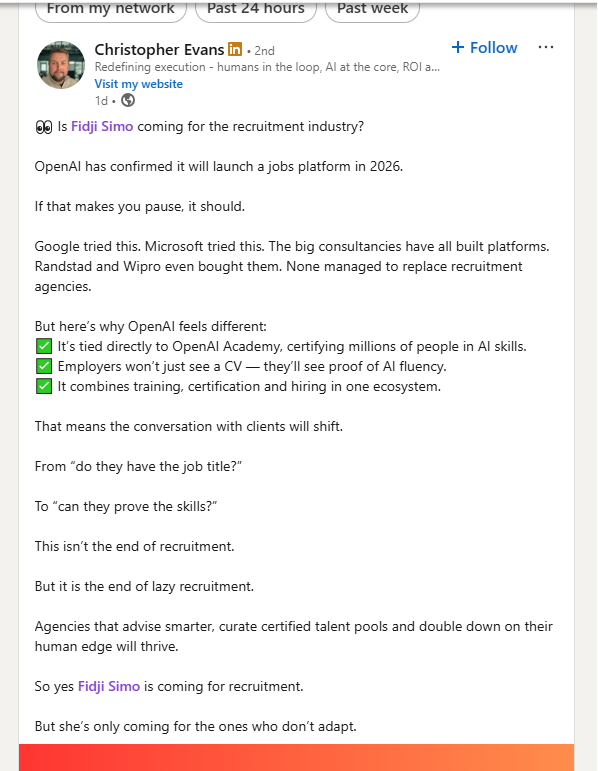Isn’t it frustrating to use an app that says free, but with just two or three prompts, the daily limit is reached? Or let’s say, you want to upgrade, but their pricing page CTA says “request to upgrade (ah, an extra step you might think, right?).” Especially in the case of Google’s Gemini AI, the options were only “Limited Access” or “Expanded Access,” with no prices, prompt limits, or clear details. Google reports 450 million active users every month on Gemini AI, and it’s easy to see how much confusion this causes. Finally, Google clarified everything on its “Help Center Page.” Whether you’re a free user, a paid subscriber, or somewhere in between, here are all the pricing details you need to know. Learn more.
Hey, Google, What’s Happening With You?
Well, Google has, for the first time ever, openly shared the numbers instead of vague wordings. So, 450 million users will now know precisely what they’ll get. Here’s the breakdown by each plan:
The New Limits (Per Plan Free, Pro, and Ultra Pro)…
Gemini 2.5 Free Plan
- 5 prompts per day, meaning one question of command = one prompt.
- You can generate about 100 images or edits per day.
- You’ll get about 5 Deep Research reports per month.
- You can access 20 Audio Overviews per day. Now, it is important to note that this limit applies across all users of the three plans.
Google 2.5 AI Pro Plan
- You can access the Pro Plan at $19.99/month.
- You’ll get about 100 prompts per day.
- You can get your hands on 1,000 image generations per day.
- And lastly, about 3 Veo 3 Fast video generations per day (it’s Google’s famous AI video tool).
Google 2.5 AI Ultra Plan
- The Ultra Plan costs $249.99/month.
- You get 500 prompts per day.
- You can generate about 1,000 images daily.
- About 5 Veo 3 video generations per day.
- You can access 200 Deep Research reports per month.
- As an Ultra user, you can access 10 Deep Think prompts a day.
Here, these are special prompts, meaning they are for complex tasks. Ultra can handle up to 192,000 tokens, like long conversations or documents.
What About Gemini 3? Is the Launch Near?
Well, the timing is interesting because just when Google came up with this announcement, there were hints from here and there (about Gemini 3).
So, the launch is near, it seems, because some users have claimed to have found references to “Gemini Beta 3.0 Pro” inside the Gemini CLI tool codebase (it’s a developer tool).
All this strongly suggests that Google’s DeepMind team is working on it, but there’s no official confirmation yet. It will be more interesting to see how the features and performance improve once Gemini 3 is live.


